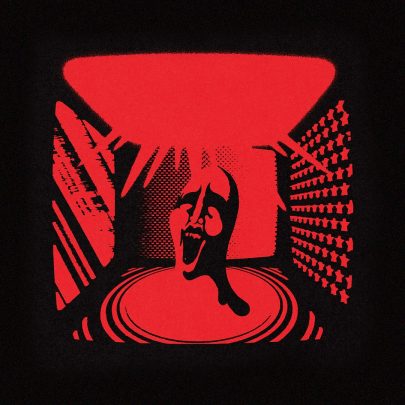Jun 20, 2016 Film & TV
In the years since Pixar’s John Lasseter became Disney’s head of animation, Disney’s animated films have got better, Pixar’s have become uneven, and the distinction between the companies has blurred. This is due partly to the stylistic moves Disney has adopted from its younger ex-rival, and partly to the family-values sanctimony fuelling both. Not relevant to Finding Dory’s capacity to please young audiences, but for its first 20 or 30 minutes, I was bored and annoyed: does the sacredness of family bonds have to be the heavily emphasised theme of quite so many kids’ movies?
I am crying like a two-year-old. Somewhere in the audience, a two-year-old is also crying like a two-year-old.
Fast-forward an hour: I am crying like a two-year-old. Somewhere in the audience, a two-year-old is also crying like a two-year-old. As the story accumulates and its characters deepen, this evolves into something much more than just-another-kids-movie. Into Pixar’s only first-rate sequel outside the Toy Story series, in fact: witty, moving, full of treats for old and young. I hesitate in urging parents to round up their kids and book tickets, only because that two-year-old really was wailing.
Watch the trailer:
Pixar, to its credit, risks moments of startling emotional starkness here: having established Dory as a sweet, vulnerable character, it takes everything away from her, bit by bit, until she finds herself floating in an empty ocean, lonely and hopeless. Adults know this for the brief nadir before the richly earned happy ending. But for the film’s youngest viewers, it will be their first vision of existential desolation, and it will last a long, long time.





